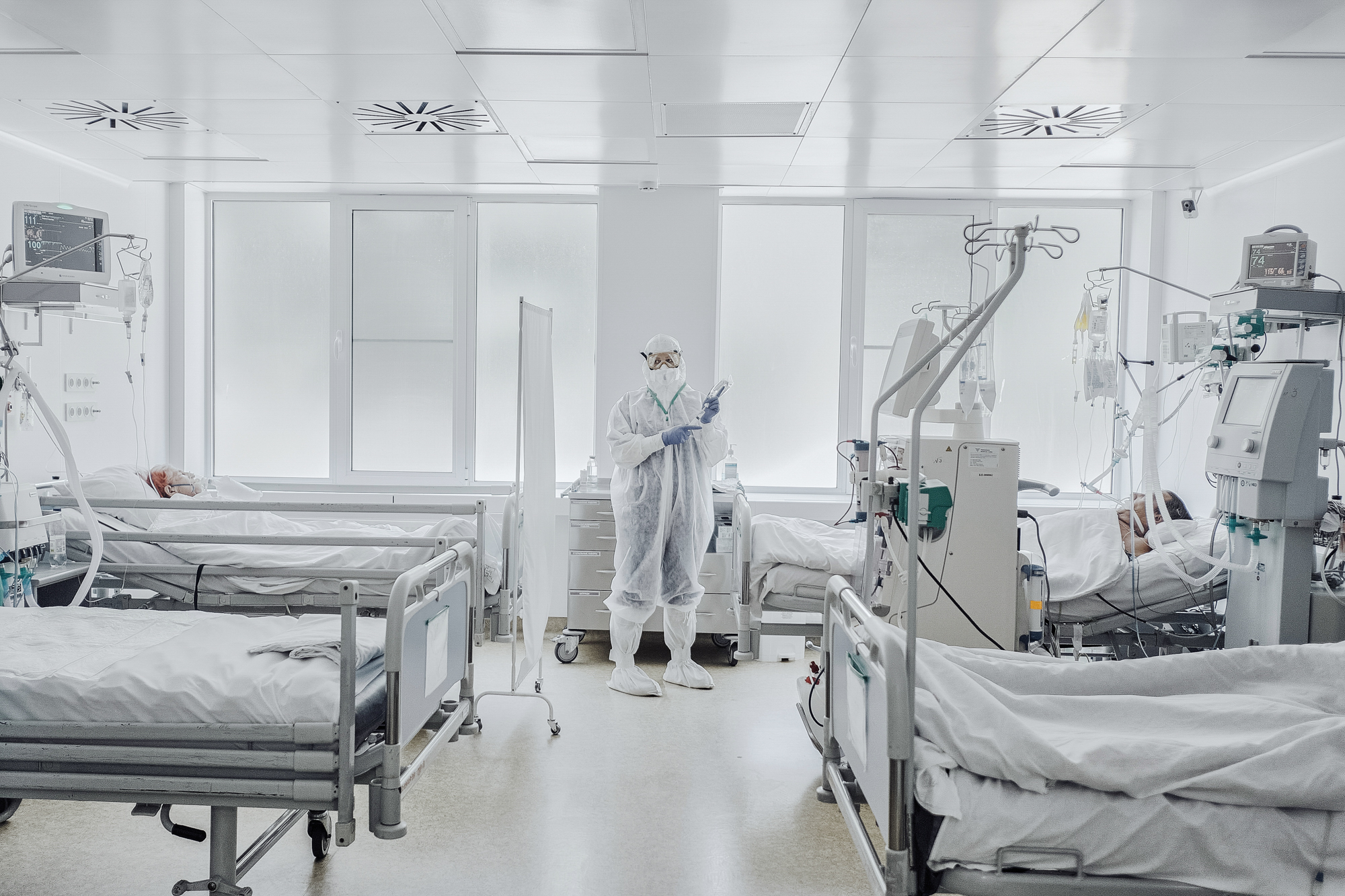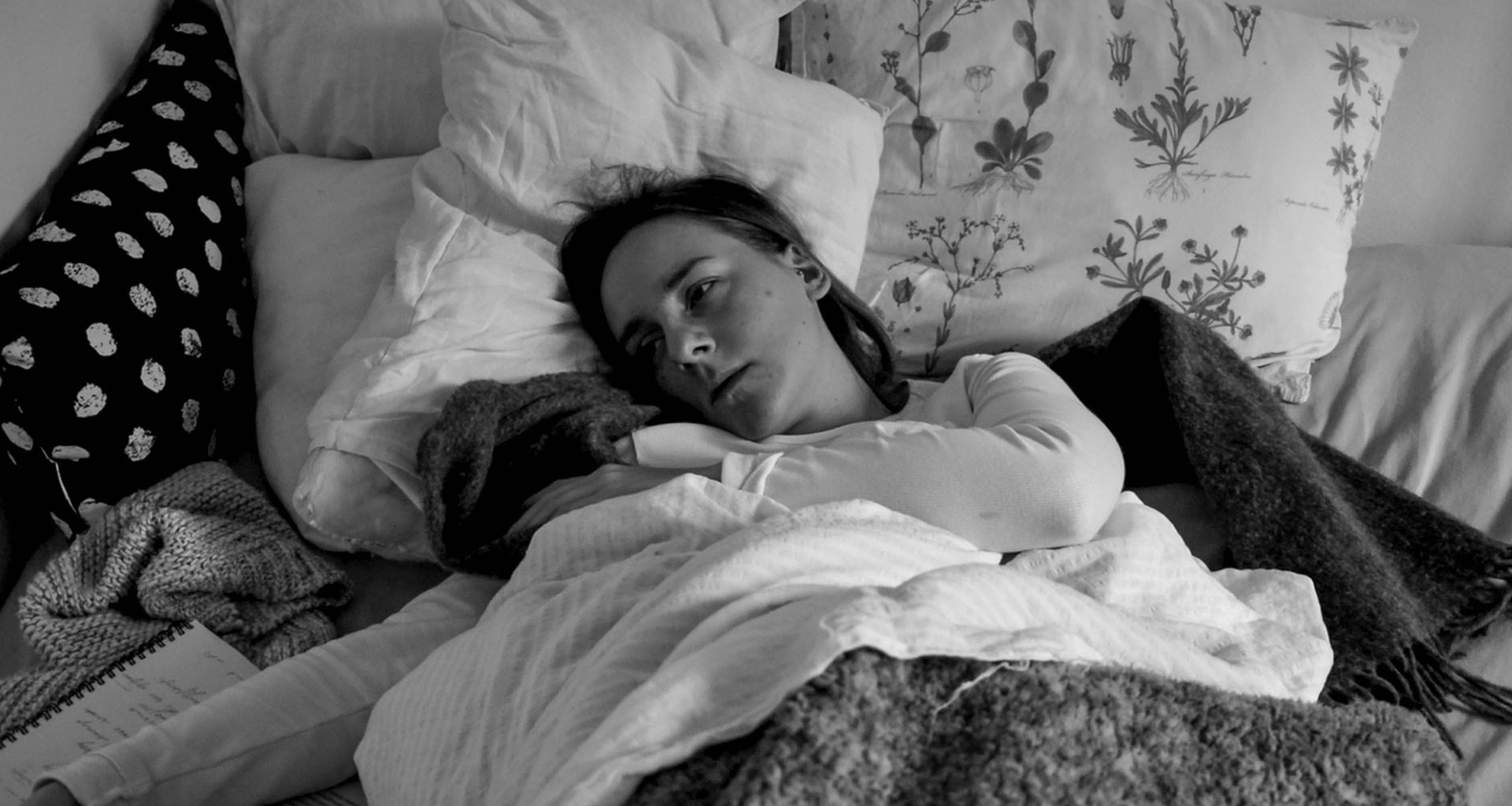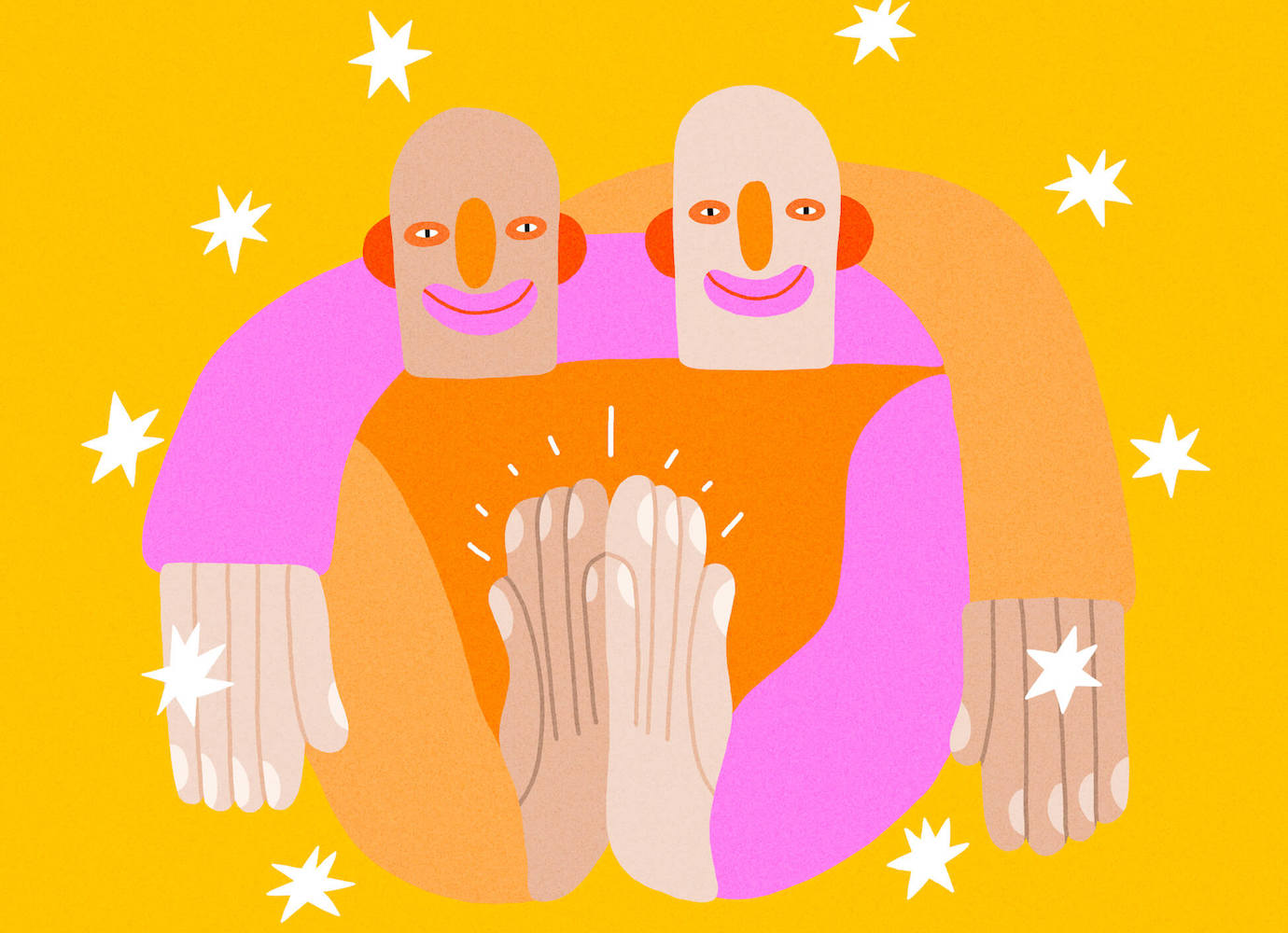Taken on a thermal camera, these street photos of Moscow mirror our pandemic unease
In the spring of 2020, Moscow-based photographer Igor Tereshkov got his hands on a thermal camera: a device typically used to measure the temperature of an environment from a distance. Forced to stay at home during lockdown, he passed the time by using his new gadget to inspect his immediate surroundings: looking for heat leaks in his apartment, tracking the temperature of the pizza in his oven, and checking how hot his two cats got during the day. The camera would display the infrared radiation given off by living and inanimate objects as a colour gradient. His early experiments were playful and trivial, induced by curiosity and boredom. As restrictions began easing and Tereshkov ventured outside, the images he took on the thermal camera captured something different — the proximity of other humans, all the more significant during the pandemic.
“As we’ve learned, during a pandemic, the greatest danger to humans are people themselves,” says Tereshkov. Taken over a year, from the first lockdown to Tereshkov’s second vaccination, his project Red Heat magnifies Covid-19’s threat: turning ordinary portraits into startling red silhouettes. In these photos, the traces of residual heat on nearby surfaces, or a red figure glowing in the distance, convey the threat of contagion.
How do you photograph an ongoing, global health crisis? Of course, the question pales into insignificance when compared with the life-threatening impact of the pandemic itself. A closer look at creative or abstract photo stories such as Tereshkov’s reveal just how much the world has changed, even if little is visibly altered. “When you see a headline about the pandemic or quarantine, you expect to see a photo of a deserted street,” Tereshkov says. “[At the beginning of the pandemic], you really felt like a bomb had gone off. But though they made for exceptional images, they do not reveal the whole story,” he argues. “The streets, even if empty, did not become completely extinct.” His own project includes a photo taken of the Red Square noticeably devoid of human presence. The rest of the images, taken at metro carriages, railway stations, shopping centres, homeless shelters, and the outskirts of Moscow, show everyday life continue against adversity — only with a sense of constant unease.
In his work, Tereshkov often experiments with alternative photographic methods. His earlier project, Oil and Moss, shot on a 35mm camera in the Khanty-Mansi Autonomous Okrug in northwestern Siberia, which is responsible for producing half of Russia’s oil, was developed with liquid from oil spills. “It was a complete improvisation, and I didn’t have hopes for it working out,” Tereshkov explains. He first learned about thermal cameras in 2019, after seeing a fellow photographer include thermal images for a project on surveillance. “The idea of using thermal images to document the pandemic seemed obvious to me,” he adds. With the camera connected to his phone, Tereshkov was able to shoot around the city without attracting much attention. “I enjoy deconstructing the photographic medium, to question it as a reliable document.”
The most recent photos from Red Heat were taken in January, during the demonstrations organised in protest to the jailing of opposition leader Alexey Navalny. Suddenly, the name of the series found new meaning.
“The pandemic is very closely connected with politics and the choices of our state. It’s not clear what game our government is playing. Nor is it clear, living in Moscow, what is happening in other regions,” says Tereshkov. “Amid all this disinformation, you’re waiting for something to happen at any moment. At the same time, we are seeing a tremendous oppression of civil freedom: the crackdown on peaceful protests, violence against demonstrators. Besides this, Covid-19 regulations are used to peddle political motives. Laws are introduced not out of a concern of people’s health, but in order to please the political regime. It’s hard to not be concerned by facial recognition and the constant monitoring.”
With this in mind, Red Heat is a warning about that which are often out of sight — whether that’s Covid-19, state surveillance, or other political motivations. The vivid portraits show people at their most vulnerable, not just as threats but as targets. Ultimately, the name of the series alludes to power. Tereshkov says “the red heat” isn’t going to disappear anytime soon: “it hangs over ordinary people.”


